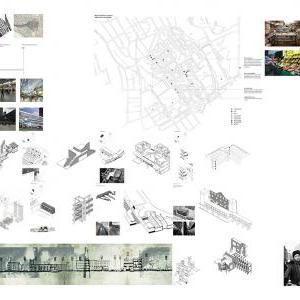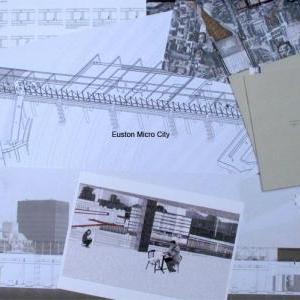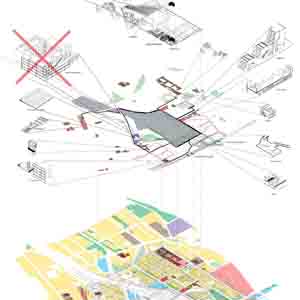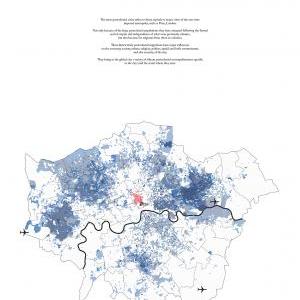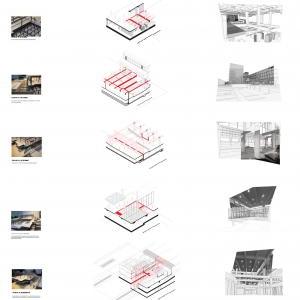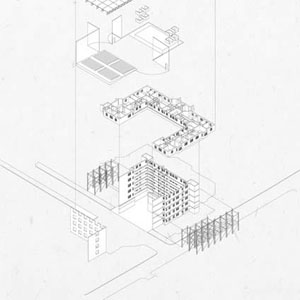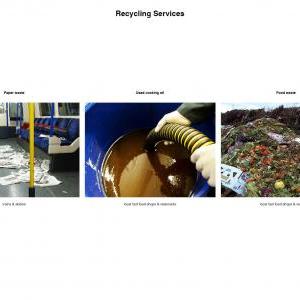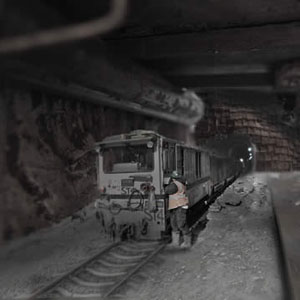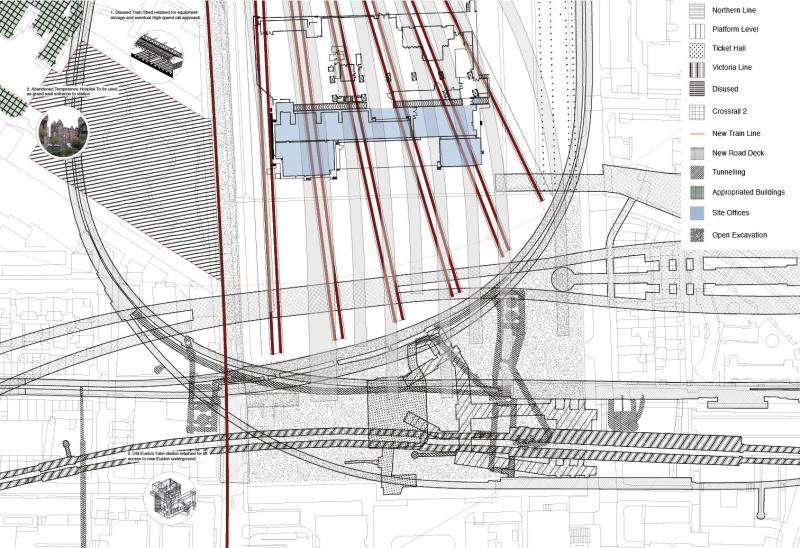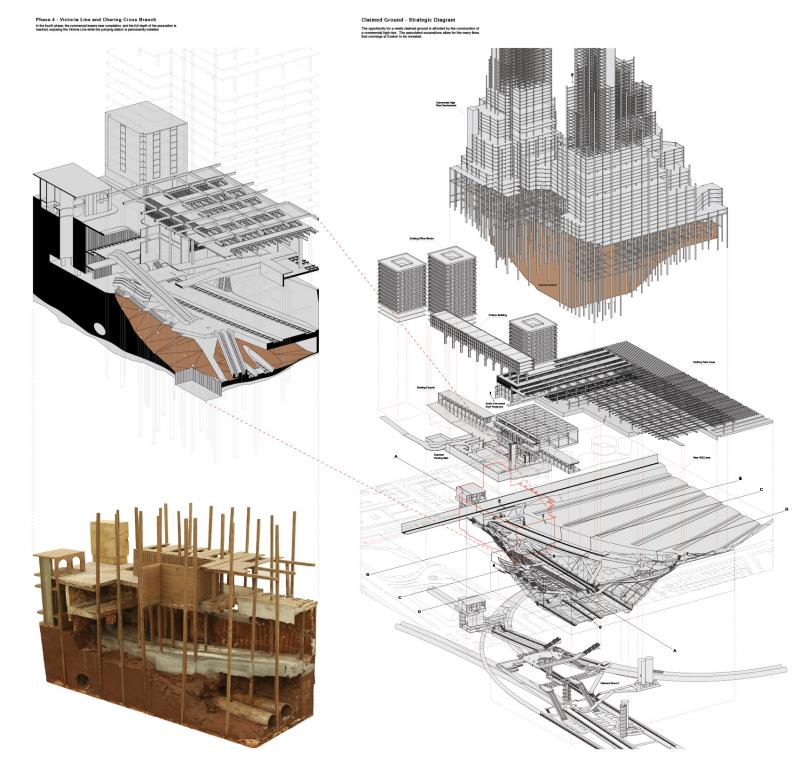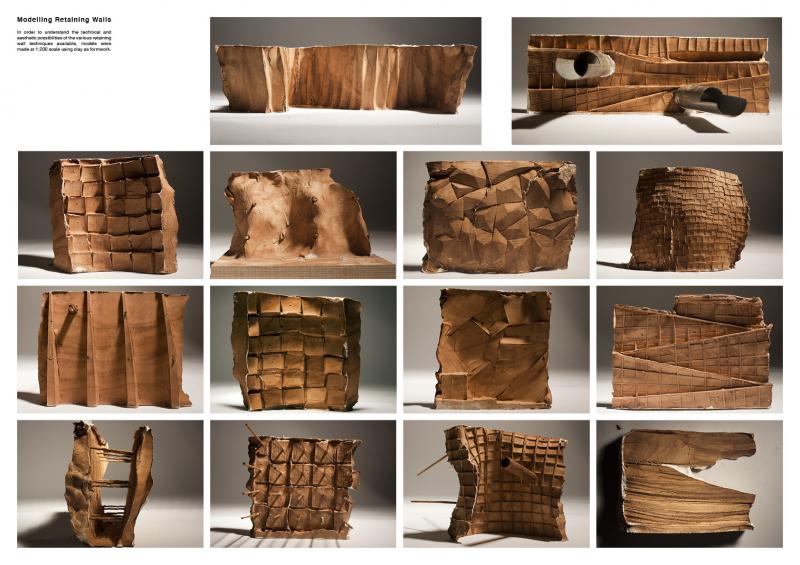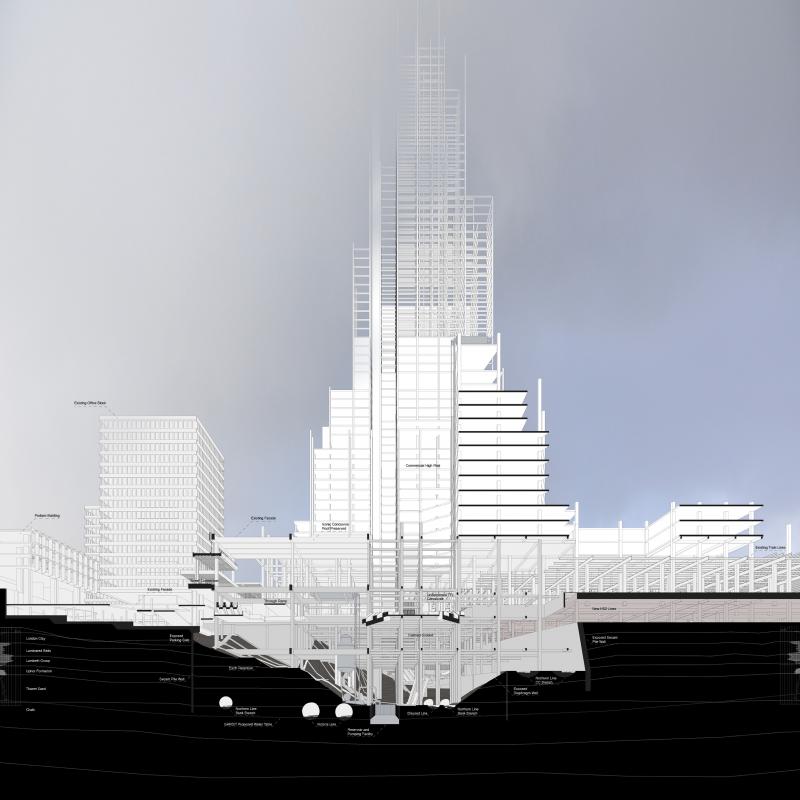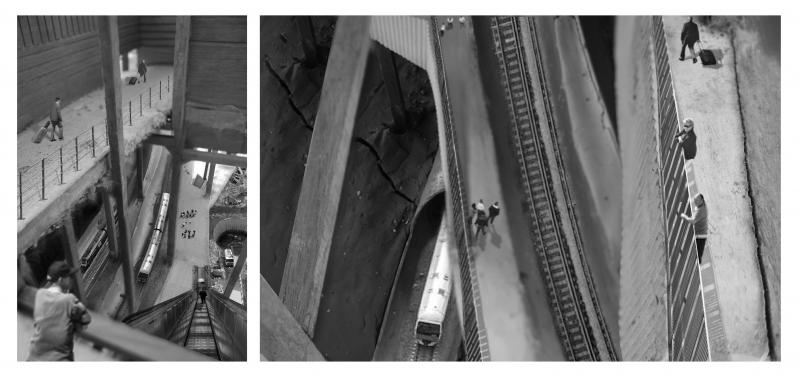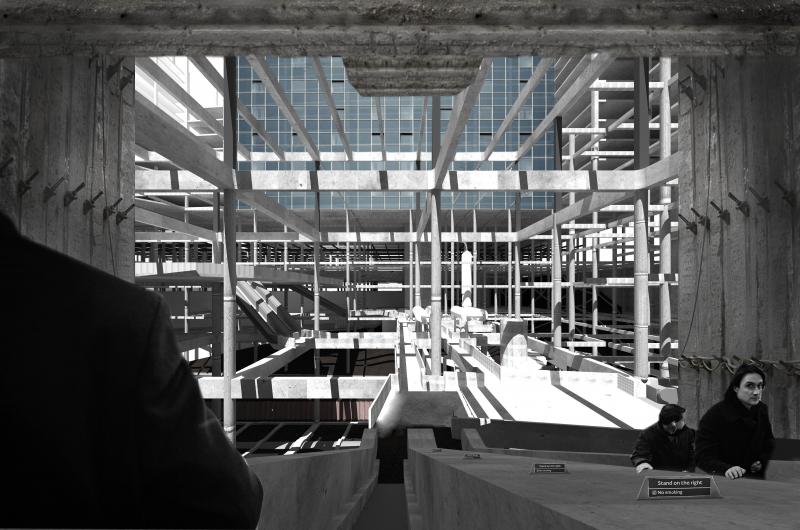Diploma 11 has been archiving leftover matter, unplanned sites and accidental architecture throughout London (Ed). These are expressions of times and places resulting in peculiar overlay of physical spaces (Raha). The redevelopment of Euston station is estimated to open up approximately 2.5 million square feet of predictably generic mixed-use development while increasing the number of platforms for a new High Speed 2 (HS2) railway that will connect the city to the Midlands and the North (Conrad).
The rebuild will have a direct impact on certain landmarks (Marko), but before any work has begun the repercussions are already affecting the area (Summer), and this uncertain future has left the neighbourhood, particularly the station itself, in a state of limbo. Physical decay is left unchecked as investment on piecemeal improvements becomes futile under the impending threat of demolition (Yannick). Our challenge is to define what makes up London today by sampling the city with careful consideration and investigating networks (Jonas), layers and levels of complexity that form its urban definition.
Our technique is the collage. By cutting and pasting, we reconfigure the existing and expect the unexpected (Max). We responded to a series of ‘what ifs?’ and proposed fixtures, fragments and forms that reveal, connect and cut through the essential matters of the existing fabric. Proposals derived from our research stand for continuity in the current reality of a market economy where the homogenisation caused by the likes of Starbucks and Holiday Inn has engulfed the city and transformed it with immense speed.
Our technical studies have continued to explore composite structures and material organisations that respond to the permanency and temporality inherent in Euston’s restructuring (Tom). Urban sampling extended to Nanjing China’s Xiaguan district and was juxtaposed with Euston as we suggested possibilities of how the local community around the abandoned train station can co-exist within the overall masterplan proposed by SOM (Xia). The unit plays a game of scales, materials, city stories and textures that are to be materialised in one design discourse (Jessica) – a counter proposal of sorts – in response to the overbearing sameness of the conventional masterplan (Yannick).
Unit Staff
Shin Egashira
Guest critics and thanks
Valentin Bontjes van Beek
Nicholas Boyarsky
Carlos Villanueva Brandt
Peter Carl
Javier Castañón
Homa Fajardi
David Greene
Hugo Hinsley
Ken Livingstone
Robert Mull
David Grahame Shane
Brett Steele
Sylvie Taher
Carolina Vallejo
Michael Weinstock
Georgie and Charlie Corry Wright
South East University Nanjing
Susan Chai
Hua Lee
Zhu Yuan
Conrad Koslowsky
Throughout the past decades, the selling of air-rights space above London’s stations and railway tracks has resulted in new and highly commercialized territories that cater singularly to the market demands of office and high-end residential space. With the prospect of a new high-speed rail line, the associated redevelopment of Euston Station looks set to follow the same horrid pattern of generic high rises, in spite of the complex network of stakeholders and interest groups involved in its conception.
While regeneration through commercial development is the paradigm of our time, the ‘trickle down’ benefits promised by politicians and developers fail to be delivered. This, to my view, is a thoroughly unsustainable method of urban development, one that threatens to strangle the heterotopic ambiguities of civic space. If corporations have mastered the loopholes of tax evasion, perhaps architects and urban planners can find loopholes within regeneration schemes to reclaim civic space.
My proposal seeks an alternative to the ubiquitous commercialization of transport infrastructure through the hijacking of a high-rise development above Euston Station. By holding the air rights ransom, and hacking into the construction sequence of a skyscraper, Network Rail are able to fund a surgical remodeling that claims a vast void in the ground for a new and dynamic station; one that reveals, repurposes, and reconnects the many train lines that converge at Euston. More broadly, my project asks if the architectural use of civil engineering techniques can be the means by which an alternative mode of transport regeneration is achieved. Or, put another way, can civil engineering create civic space?
.jpg)
